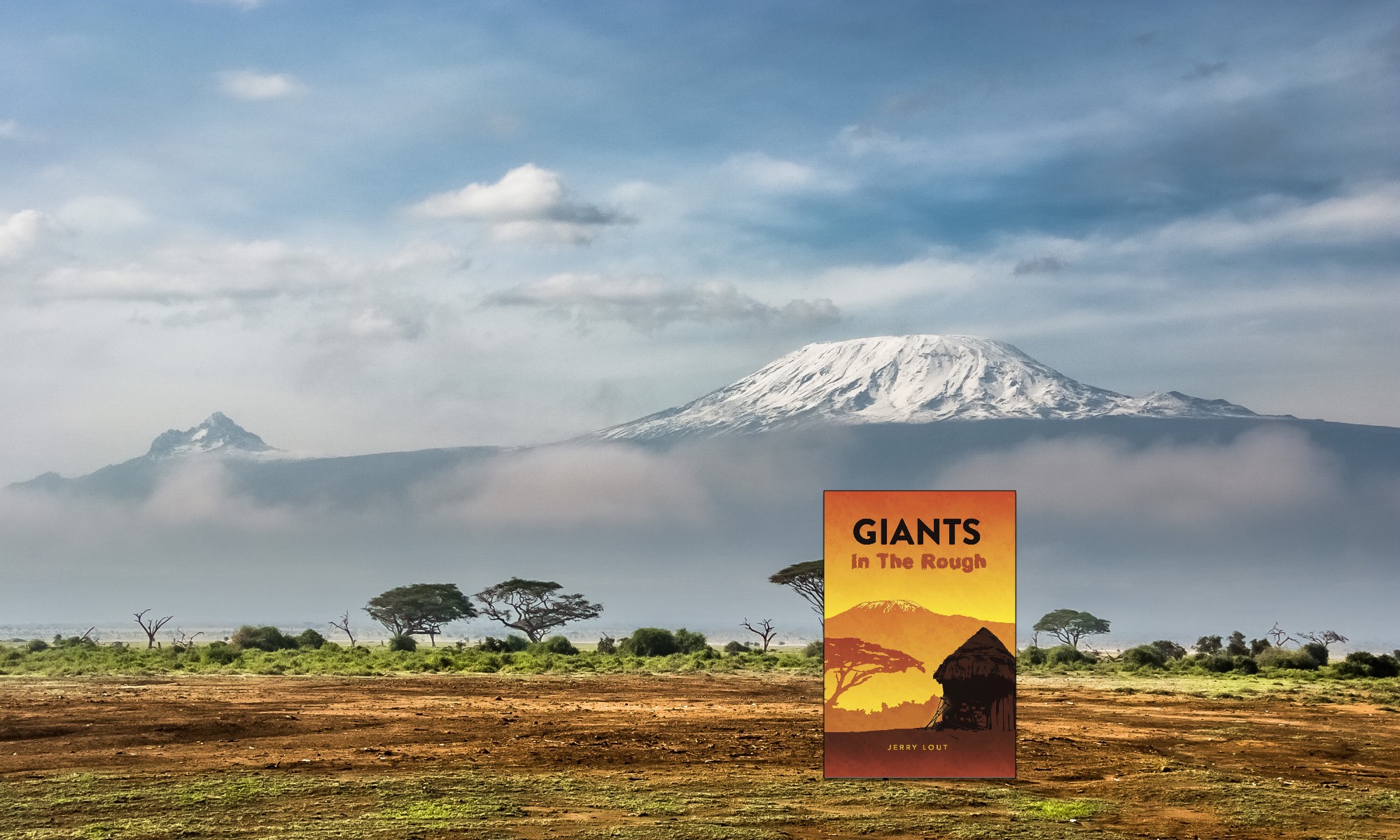Those surprise happenings that all of a sudden spring up in our lives. Such a moment came when Ann and I learned that our nephew Todd and his wife Karena were selected as backup singers for Andy Williams in his popular Branson show.
As special as this was, we grew happier still when word came of the debut of a blockbuster theatrical production in the same family-friendly entertainment center. Branson, Missouri nestles along the shores of Table Rock Lake in the glorious Ozark Mountains
Learning that Todd and Karena would be portraying a range of varying characters in scenes of The Promise – a robust contemporary musical depicting Jesus’ life – we reached out to some T.U. students for a special kind of road trip.
During one of these excursions as our van negotiated the scenic landscapes of Ozark Country, a young man – a father-to-be – broached the subjects of conscience and of faith. Mr. Ming displayed an intensity of emotion.
The child had been conceived at an inconvenient time. Their discussions over the unplanned pregnancy found the couple grappling over the pros and cons of a probable impending “procedure”.
Later on, after taking in The Promise production – a beautifully choreographed musical – and afterwards enjoying a nice chat with my “celebrity” nephew and niece, our group boarded the van for our return to Tulsa. Along the highway route, the earlier conversation resumed.
Mr. Ming, leaned forward from his place behind the driver’s seat, volleying question after question on the value and possible dignity of life. We spoke of the precious worth of each created person. Our back-and-forth dialogue ignited still more questions. Scripture was brought into play.
Through the days that followed Mr and Mrs. Ming and their unsettled minds were privately presented to heaven by believing friends.
Weeks passed. Months rolled by. Weighing their options in view of a freshly illumined conscience the couple made their call. And, when into the family circle the new little one entered the young parents pressed forward with deeper assurance than ever into their own infancy pilgrimage. Trust in God – author and guardian of life – was their new North Star.
©2025 Jerry Lout

